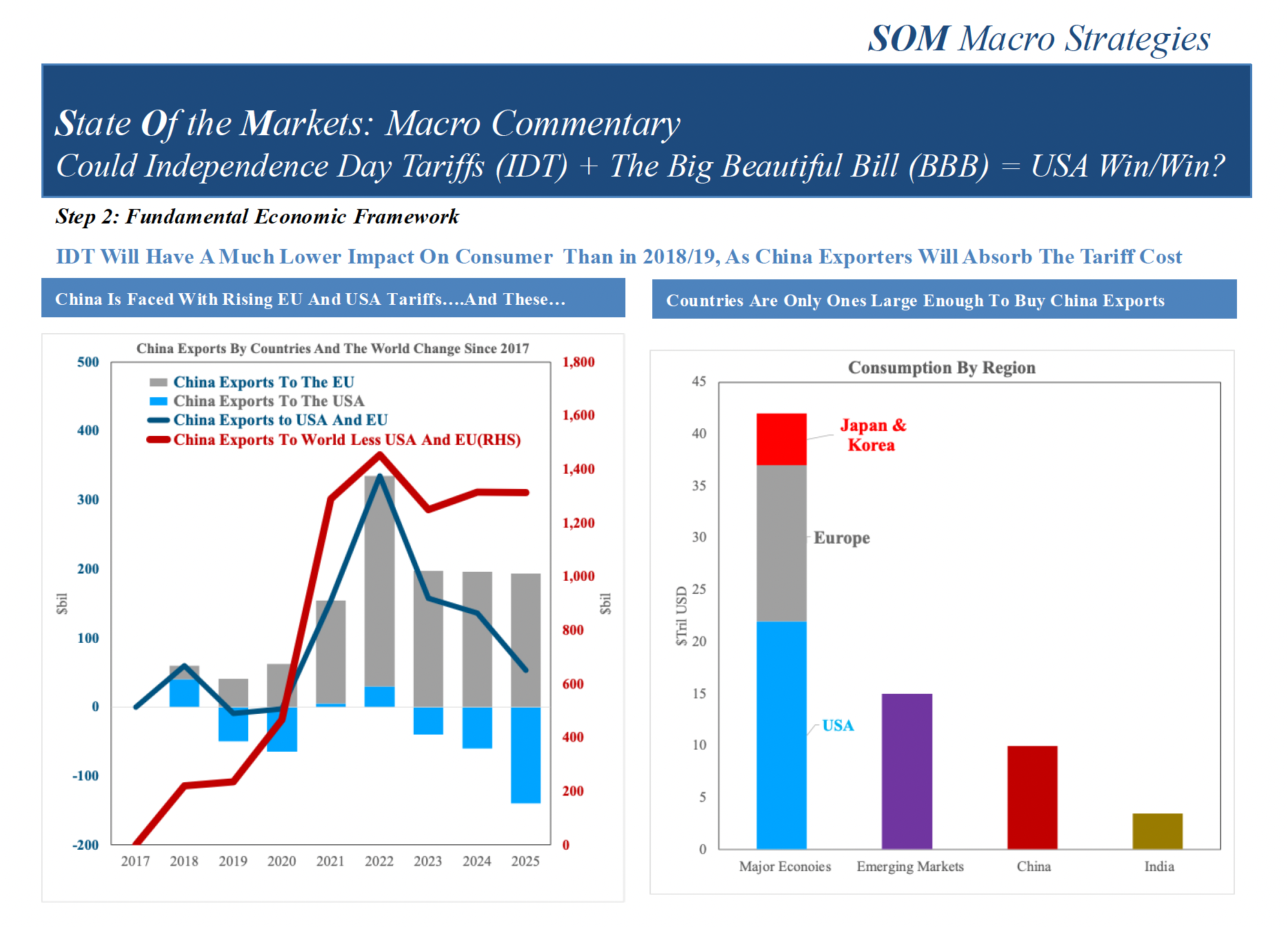The Polish government appears committed to finally start the transition away from coal in the power sector. This will require difficult compromises with the country's influential mining unions, and may trigger new protests and lower support for the ruling Law and Justice (PiS) party in its electoral strongholds. Nuclear power could become one of the alternatives to coal-fired generation in the long term, although its development faces multiple hurdles.
Last week, Poland and the US signed a long-term cooperation agreement on nuclear power development in Poland. Both sides pledge to work out technical and financial parameters for Poland's nuclear program in the next 18 months. The agreement is consistent with the recently updated Poland's nuclear strategy, which targets 6-9GW of installed nuclear generation capacity by 2043.
Discussions over the potential construction of a new nuclear power plant in Poland have been continuing since the 2000s, but such plans have never materialized due to a lack of political commitment amid fears of runaway costs, limited domestic expertise in the sector, and wavering public support for nuclear energy. Opinion surveys show that most Poles prefer the development of renewables over nuclear energy, whose image still suffers from the 1986 Chernobyl disaster in neighboring Ukraine.
More generally, the intensifying talks on nuclear power is one of the multiple signs suggesting that the PiS-led government – after years of reluctance – is seriously considering the transition away from coal, which still generates more than 70% of the country's electricity output. Poland's recently updated draft energy policy foresees a possibility of cutting the share of coal-fired generation to just 11% by 2040, while new strategies from state-owned energy giants PGE and PKN Orlen target net carbon neutrality by 2050. The government has recently closed a few uncompetitive coal mines and intends to transfer all coal-fired power units and mines to a separate state-owned entity.
A confluence of wider trends drives the pivot from coal. Coal-fired generation is becoming increasingly unprofitable, particularly given the soaring prices of carbon allowances under the European Union Emission Trading Scheme. The government was also forced to stop the imports of cheaper coal after mining union protests in early 2020. Meanwhile, the Covid-19 pandemic has further dampened coal prices, deepening the largest coal state-owned coal mining company's losses. At the same time, the costs of power generation from renewables are steadily declining, and Poland's wind and solar power sectors have been booming in recent years. Last but not least, Warsaw is facing political pressure from Brussels – along with attractive financial incentives – to commit to the EU's long-term climate goals.
The coal phase-out plans are causing concerns in the country's mining regions, traditional electoral strongholds of the ruling PiS. Poland's coal mining sector directly employs around 90,000 people and supports multiple associated businesses. In September, a protest by the mining unions over mine closures resulted in a compromise agreement, under which the government pledged to keep the state-run coal mines operational until 2049. However, this timeline seems overly accommodative to the unions. The government might be forced to expedite the closures due to mounting losses amid falling coal demand and excessive domestic reserves. This could trigger new protests and tip the scale of voter support away from the PiS towards the opposition parties.







